Homeschool Your Child in Under 1 Hour per Day
How can you teach your child to read, write and do math in under <1 hour per day?

The secret inside Artful Teaching. Joyful Learning.® is an integrated approach - one that folds in literacy and numeracy into everything you do. The program is rooted in a Reggio-inspired approach, and its holistic style is what makes teaching and learning so seamless, streamlined and beautiful.
This blog post and video show a typical "flow" to an ATJL homeschool day, and includes predictable, repeatable rhythms and routines to teach reading, writing and math in a way that's playful, engaging and research-based.

Morning Meeting ~ 15 minutes
Morning meeting is a practice used in most early childhood classrooms, and for good reason! It's a beautiful way to teach reading and writing in a way that doesn't require much planning or headspace. Here's how.
1. Morning Message: A daily message written to your child with a rotating bank of 5 literacy strategies. Your child "fixes" the message, using skills ...
Homeschool Morning Meeting: the Play-Based Way
Early years teachers have hosted classroom morning meetings for dozens of years. Morning meetings are an opportunity to come together, share, hear stories and connect through fun rhymes, songs, poems and chants.
How might we adapt Morning Meeting in a homeschool environment? How do we keep it fun and engaging, and keep learning intentional?
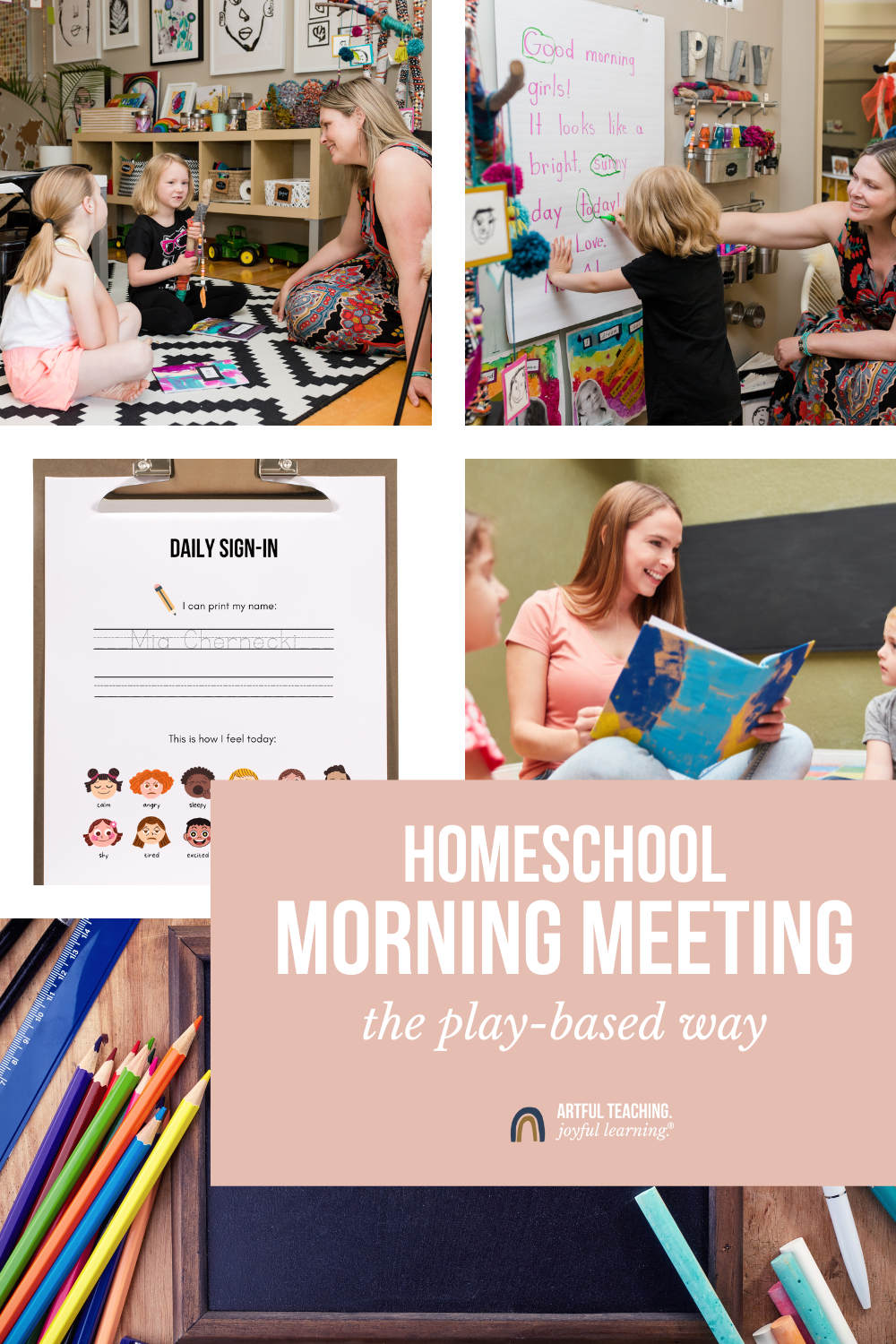
When I homeschooled our youngest, I had two other children from the neighborhood who came every other day to learn with us. Each day, we met for 15-20 minutes to explore a few rhythms. This helped to take the guesswork out of planning our days, and provided a structure and rhythm for our day that became predictable. Children do best when they can depend on a predictable schedule - their brains feel safe and optimized for learning.
1. Daily Sign In
We begin each day by signing in. I offered a template for each child to print their name, and share how they were feeling.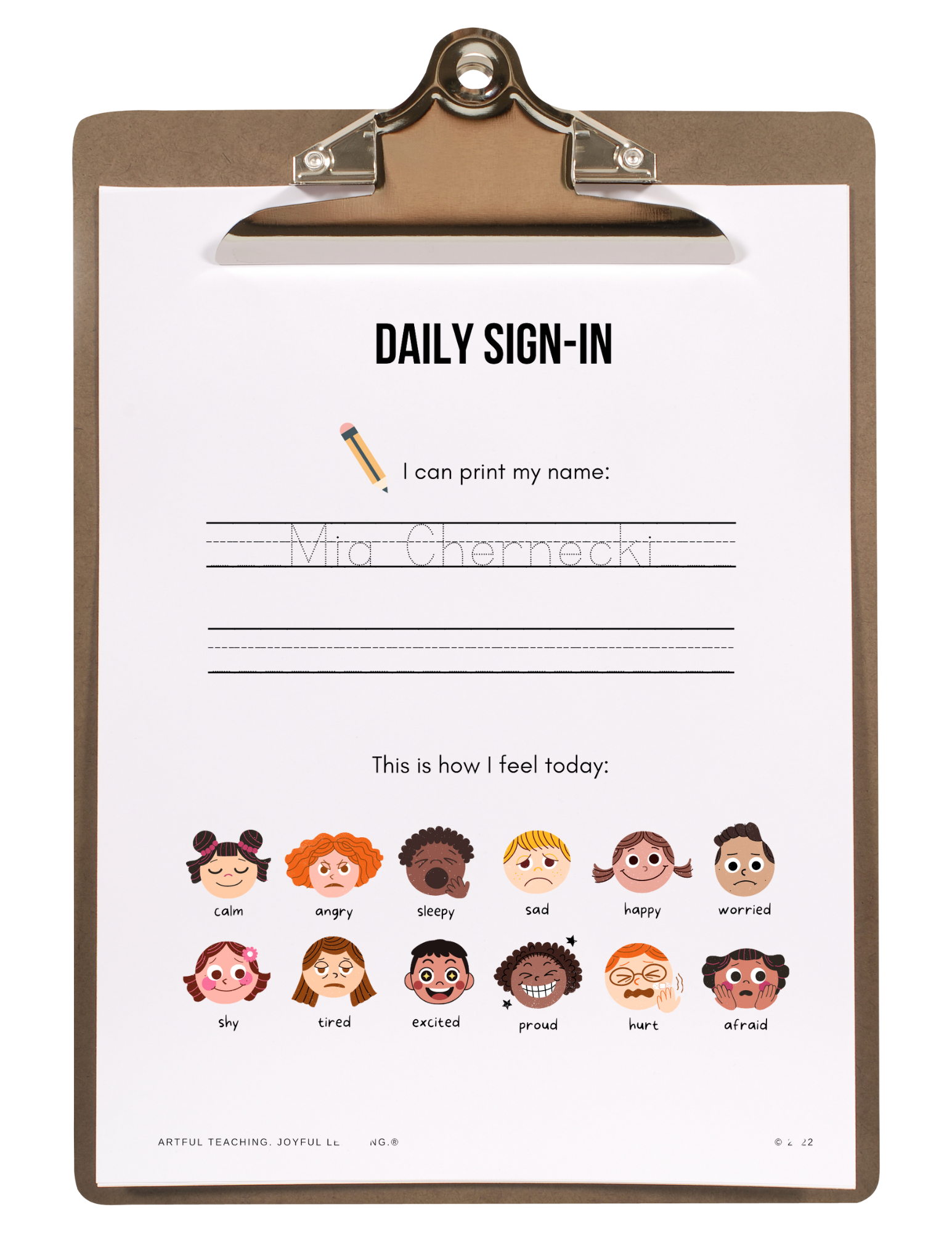
This ritual serves a few purposes:
- They are practicing printing their n...
Bookmaking: Explode Your Child's Writing Collection!
Ready to watch your child's writing EXPLODE?
Try bookmaking!
Writing comes in all shapes, forms and sizes. It's not limited to journal writing or stories.
In fact, sometimes those exercises can feel most intimidating to kids, turning them off for good.
Handmade books offer wonderful structures to be filled with all kinds of writing:
- recipes
- joke books
- math stories
- all-about-me books
- counting books
- biographies
- ABC books
- life cycle books (think frogs, butterflies...)
- circle books (think stories like If you give a Mouse a Cookie or Something from Nothing)
- fairy tale retellings
The list goes on and on.

And there are SO many styles of books waiting to be filled with your child's ideas.
All you need is a bit of inspiration! I've got the perfect invitation to explore this hidden gem of an art form!
Join me for my LIVE bookmaking workshop as we explore beautiful handmade books you can make with children from ages 5-105 (that means gorgeous handmade books for YOU too!)
...The Problem with Copywork {and what to do instead!}
Do your kids cringe at the sound of copywork?
Copywork is a traditional practice amongst many homeschool families - especially those who follow a Charlotte Mason approach - where children copy pre-selected passages in their best handwriting. Usually, a piece of copywork is a short passage from a book, poem, verse that represents high quality literature.
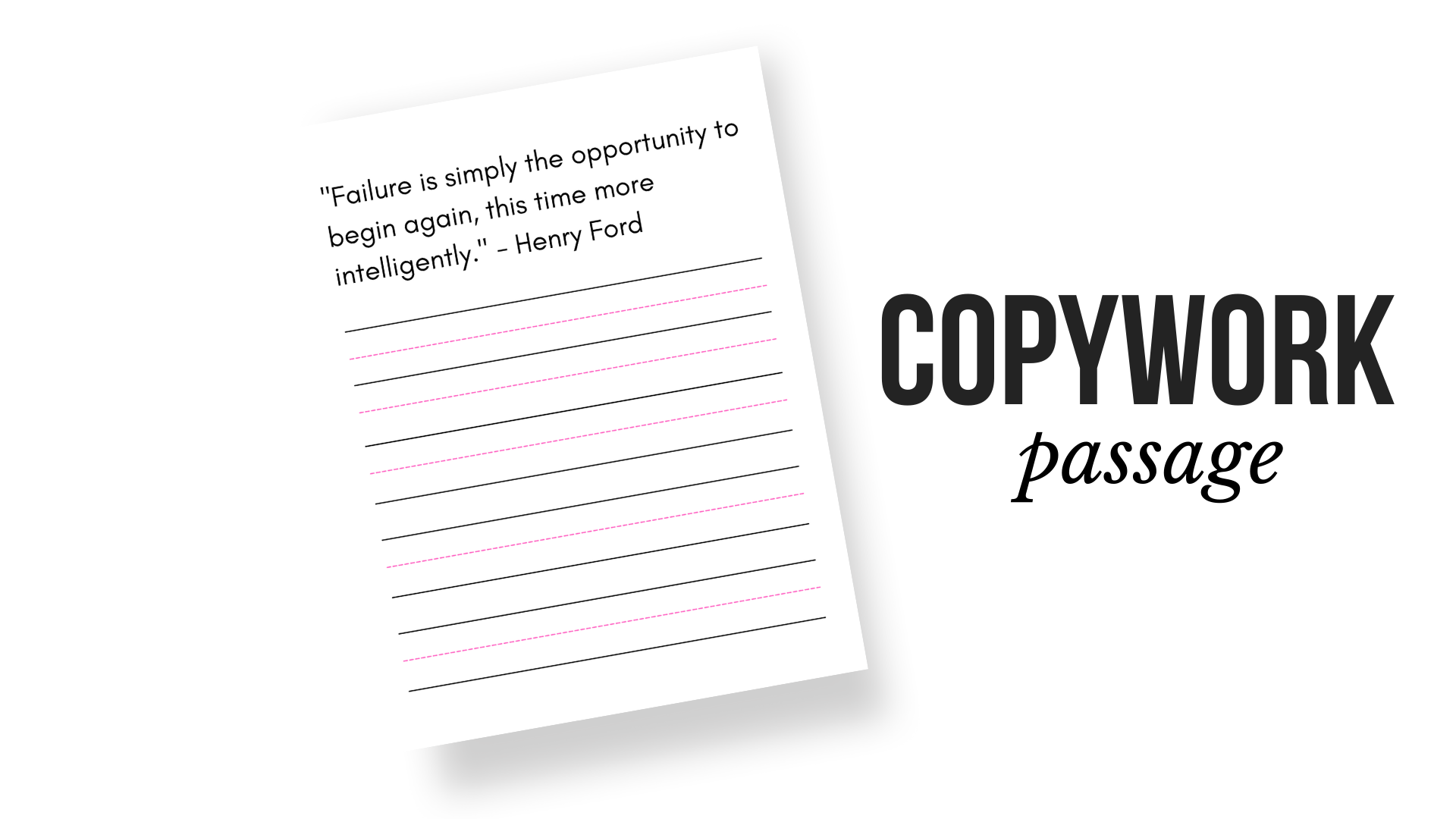
But is this best practice for children when it comes to teaching the art of writing?
Research in the field would say no.
In the olden days, children learned to write using an apprenticeship model, copying master's works. They learned trough the process of imitation.
Today, there is a great deal of evidence to support children learning to write in much more meaningful and authentic ways.
According to Cynthia Puranik of Georgia State University, there are two emerging theories about how children learn to write.
The first is cognitive-linguistic theory - teaching of discrete skills needed to write. The second is grounded in so...
How to Get your Child to Write {even if they hate writing!}
Writing can be a daunting task - particularly for our youngest learners, and especially for our "perfectionist" non-risk takers.
If the idea of writing has your kids resisting or butting heads with you, try these simple strategies to go from writing reluctance to writing receptiveness. Even if your child is just beginning to learn letters and sounds, they too can experience what it means to be an author!

1. Talk first. Write later.
"Writing floats on a sea of talk." - James Britton
The spoken word precedes the written word. Before a child is capable of writing, they must have stories to tell. Providing opportunities to share orally is some of the best work we can do as parents to prepare fertile ground to plant the seeds for creative writing.

Small world play is one of the best sources for storytelling, because children are narrating their playscapes with characters - little people, dinosaurs, animals - which later provides inspiration for writing.

Where to share?
Think ...
The Art of Bookmaking with Kids
Bringing bookmaking into the your homeschool is where ART and LITERACY intersect.
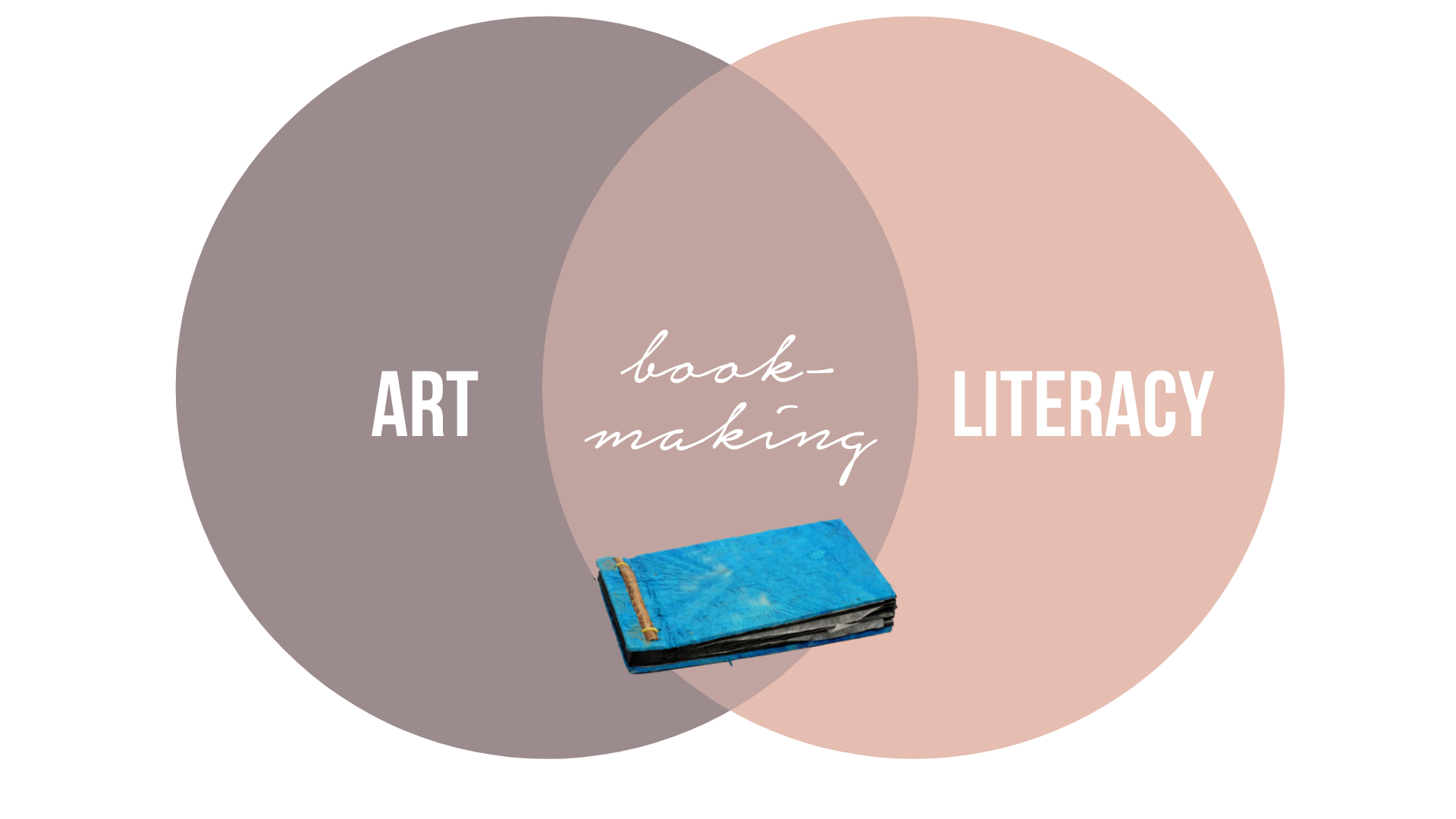
The writing process can often be a daunting process, especially for reluctant writers.
Handmade books give children a structure, "architecture for the imagination," and entice them to fill their books with original ideas and stories.
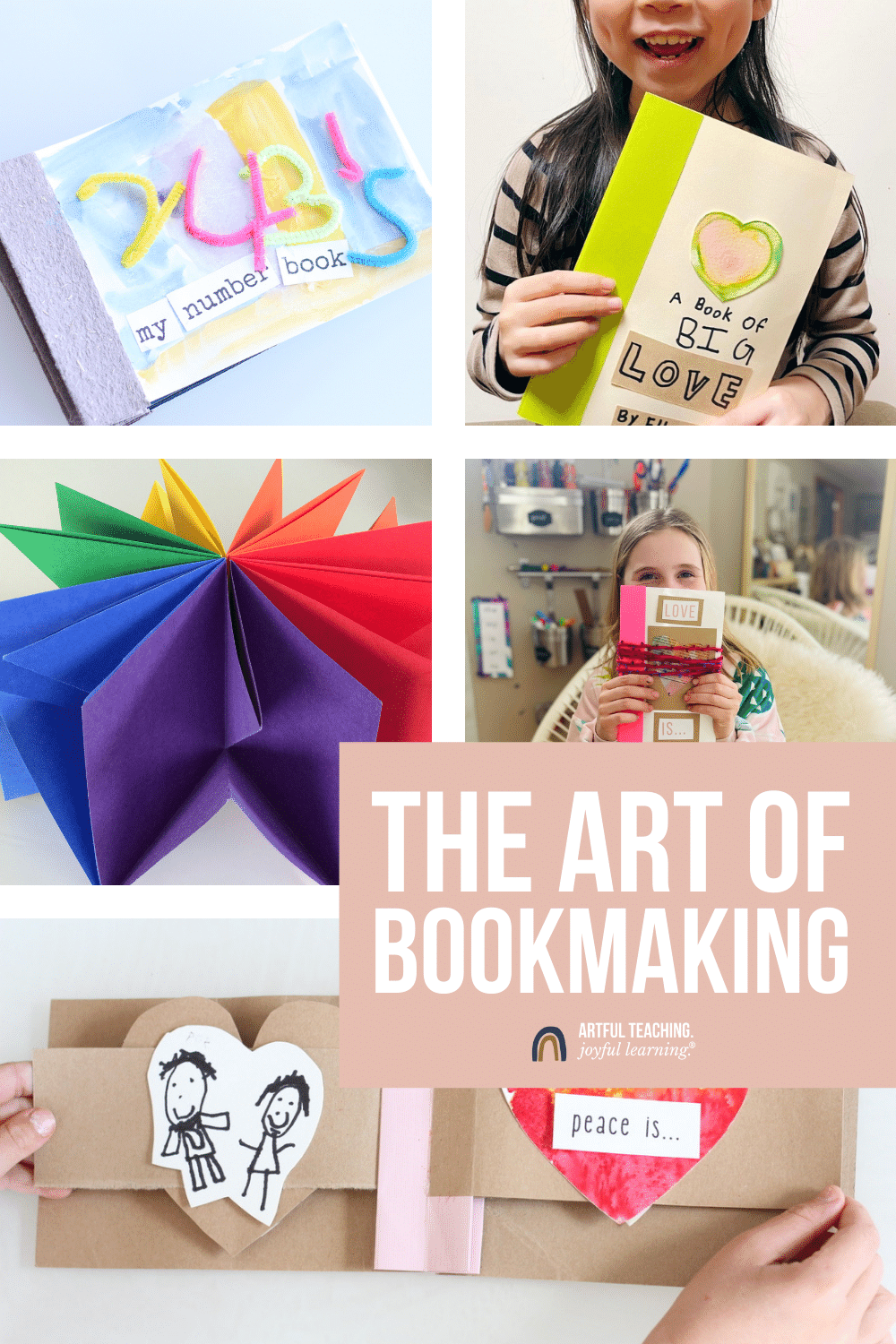
Handmade books excite and engage children of all ages, because they are not only beautiful in form, but an extension of themselves.
A finished handmade book is something to celebrate and cherish forever.
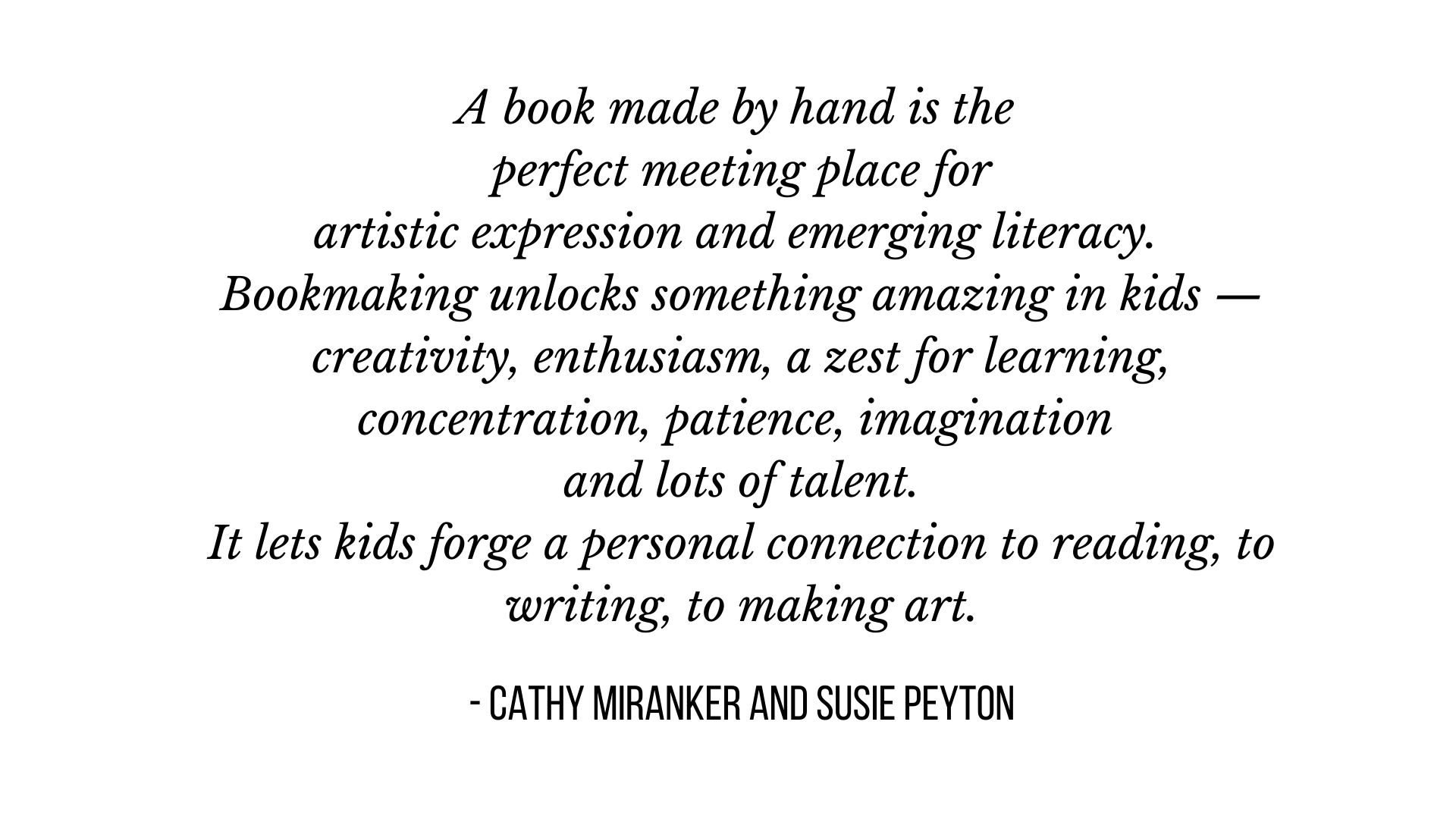
Handmade books are a wonderful way to bring the worlds of ART + LITERACY home to your child.
Not only will your child have more ownership of their learning once they've created and published their own book, but you'll have a concrete piece of learning for their portfolio.
Bookmaking is an art form that can be explored even with very young children, and can take on so many forms.
- joke books
- math fact books
- research investigation books
- all about me bo...
A Reggio-Inspired Valentine's Day: Literacy from the He{ART} ♡ Part 1
Valentine's Day is one of my favorite celebrations throughout the year, and a beautiful opportunity for learning about our most important and universal value: love.
What is LOVE?
Who are the people we love?
How do we show love?
Have you ever asked your child these questions? Their answers might surprise you {and make you giggle!}
"Love is a hug and a kiss after I get a boo-boo."
"Love is cuddles."
"Love is when my mom makes pancakes."
Over the coming days, I'll be sharing a series of Reggio-inspired invitations to explore the idea of LOVE as we weave in important aspects of reading, writing and representing through Language Arts.

Today's blog post shares a special DIY bookmaking activity to explore "LOVE" with children, integrating playful literacy in a meaningful and authentic way. The goal is to encourage our kids to write with purpose in a gentle and age-appropriate manner.
DIY Handmade Book
This DIY book structure, called a Concertina book, shines a light on children'...
How to Teach Reading in Homeschool
Wondering what it takes to teach your child to read?
How do you know when your child is ready?
Are you worried about turning them off of reading, or butting heads as you begin the process?
Teaching your child to read may feel overwhelming. There are a lot of moving parts.
As a resource teacher working with children and teachers, I was able to lean in on others’ classrooms and get a ton of great ideas. These teachers inspired me to raise the bar, and one, in particular - the Reading Recovery teacher - had a profound impact on my practice with her simplified tools to teach reading.
She had a giant tickletrunk of tools - many of them very playful and hands-on - and I couldn’t help myself from eavesdropping every time she did a lesson. These struggling kids learned to read SO QUICKLY - with confidence, ease and fluency.
I took stock of the strategies she used, and started to test them out in my own practice, and later on with my own girls. I was amazed at how quickly the childr...
The Biggest Predictor for Reading Success
Many homeschool parents are eager to teach their littlest children to learn to read.
But did you know there are several FOUNDATIONAL skills your child needs to master before ever picking up a book or even learning their letters and their sounds?
In this video and article, we're talking about the FUNDAMENTAL pre-cursor to teaching reading, and it has very little to do with letters, sounds or phonics. In fact, research says this skill is the SINGLE BIGGEST PREDICTOR for future reading success.
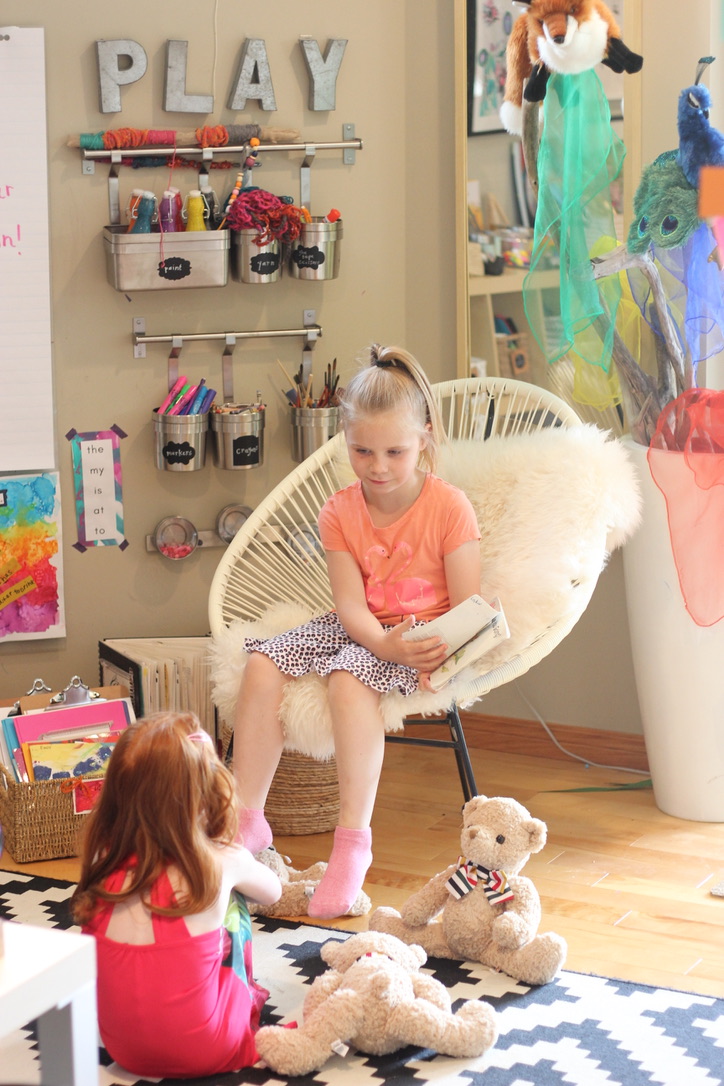
Can you guess what It is?
Phonemic awareness.
And in this article, I'm sharing five playful, prep-free ways you can build this skill every day, so that your child becomes a fluent, skilled reader.
What exactly is phonemic awareness?
At its very core, phonemic awareness is your chid’s ability to PLAY with language.
Phonemic awareness is not phonics.
Phonemic awareness is AUDITORY and does not involve letters or words in print.
It is the ability to hear, identify, and manipulate indiv...


